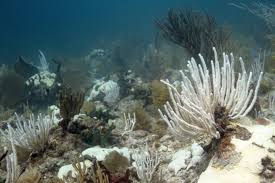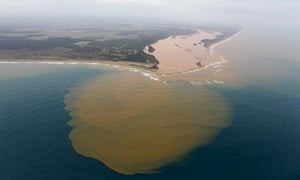To learn more about COP21 and the goals of the summit read here…
Any idea what wind turbines and whales have in common? Generally, nothing comes to mind. Believe it or not, wind turbine blade design may incorporate the aerodynamic properties of humpback whale flippers. Researchers at the Naval Academy have studied the movements of the humpbacks to emulate the angle of attack and lift properties. After testing prototypes in a wind tunnel, the engineering team determined that flippers with tubercles increased the amount of lift that can be generated. These principles can now be designed into turbine blades. Read more…

This week, an article was published in the journal Science revealing that marine alga in the North Atlantic continues to thrive. A team of scientists from Johns Hopkins concluded that there has been a tenfold increase in the abundance of single-cell coccolithophores between 1965 and 2010. Coccolithophores are pale-shelled floating phytoplankton. The research suggests that the high carbon dioxide levels represent a major shift in ecosystem stability. Read more…
A total of 337 whales have been found beached along the coast of Patagonia, Chile. Most of these whales are Sei whales which can reach 60 feet long and weigh up to 100,000 pounds. Sei whales are an endangered species and little is known about their migrations and habitats. Scientists are unsure of the reason for the mass beaching but, have started to analyze the corpses for a possible root cause. Read more…
5. Tidal Lagoon Project to Harness the Power of the Sea
 On November 5th, the mine disaster in Rio Doce killed 12 people, wiped out communities, and is now impacting the oceans. The waste is expected to spread along 5.5 mile stretch of the coastline. This contamination will threaten many species in the area including the endangered leatherback turtle. Protective barriers have now been installed along the estuary of Rio Doce and the river mouths have been widened to ensure that the mud drifts out to sea as quickly as possible. Read more…
On November 5th, the mine disaster in Rio Doce killed 12 people, wiped out communities, and is now impacting the oceans. The waste is expected to spread along 5.5 mile stretch of the coastline. This contamination will threaten many species in the area including the endangered leatherback turtle. Protective barriers have now been installed along the estuary of Rio Doce and the river mouths have been widened to ensure that the mud drifts out to sea as quickly as possible. Read more…





